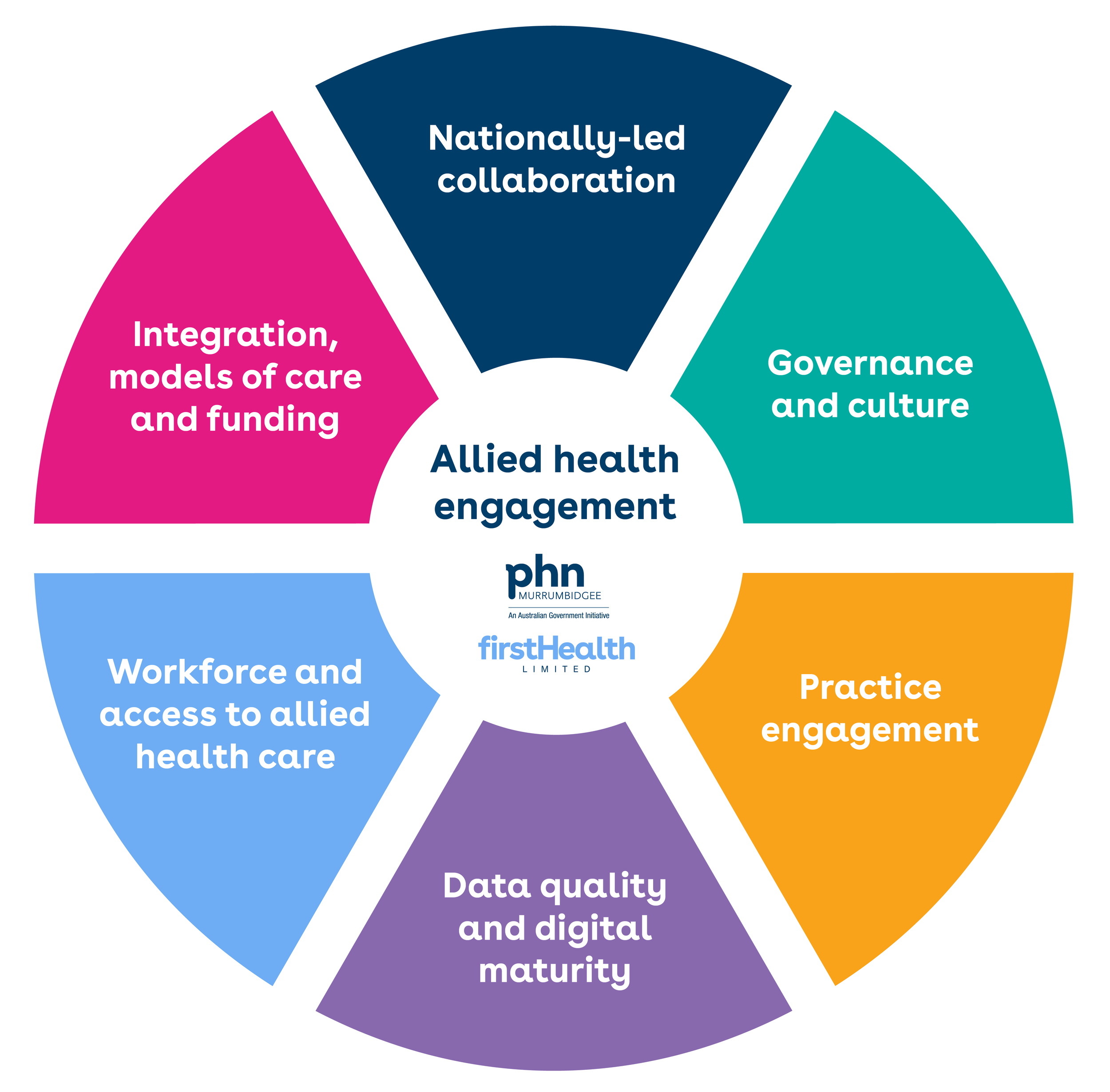Social Media Healthcare Analytics
Social Media Healthcare Analytics
(Social Media Healthcare Analytics)
Analytics question
Please assist with discussion question assistance. Need to be at least 200 words. Please use APA style and include website/url address
As many healthcare facilities seek to implement analytical patient quality and clinical value in collaboration with electronic health record management. Automated algorithms are capable of sifting through thousands of patient records to identify potential clinical errors and systematically measure patient safety in ways never before anticipated (Davenport, 2014). Discuss how social media can impact the present and future outlook on health care analytics.
(Social Media Healthcare Analytics)
Social Media and Its Impact on Health Care Analytics
The advent of social media has introduced transformative possibilities in health care analytics. Social media platforms, such as Twitter, Facebook, LinkedIn, and others, generate vast amounts of data daily. This data, often referred to as “big data,” presents opportunities for real-time insights into patient behaviors, public health trends, and sentiment analysis. When integrated with electronic health record (EHR) systems and advanced analytical tools, social media has the potential to shape both the present and future of health care analytics in significant ways.
Present Impact of Social Media on Health Care Analytics
- Real-Time Monitoring of Public Health Trends
Social media platforms serve as valuable tools for tracking public health trends in real-time. For example, during the COVID-19 pandemic, platforms like Twitter were used to monitor the spread of the virus, public sentiment toward vaccination, and misinformation. Analytical tools sift through social media data to identify outbreaks, gauge patient concerns, and provide actionable insights for public health interventions (Merchant & Lurie, 2020). - Patient Feedback and Sentiment Analysis
Social media provides an avenue for patients to share their experiences with health care services. Analyzing this feedback can help health care organizations identify areas for improvement. For instance, recurring complaints about long wait times or poor communication can be flagged through sentiment analysis algorithms, allowing administrators to address these issues proactively. - Disease Surveillance and Prediction
Social media analytics can detect early signs of disease outbreaks based on user posts, search trends, and discussions. For example, Google Flu Trends used search data to estimate flu activity. Similarly, social media posts related to specific symptoms or locations can be analyzed to predict disease patterns and allocate resources effectively. - Patient Engagement and Education
Social media platforms also serve as educational tools. Health care providers can analyze engagement data to determine the effectiveness of educational campaigns, such as those promoting preventive measures or healthy lifestyles. This information helps tailor future initiatives to specific populations.
Future Outlook of Social Media in Health Care Analytics
- Integration with Predictive Analytics
The integration of social media data with predictive analytics will revolutionize health care by enabling more accurate forecasting of health trends and patient needs. Advanced machine learning algorithms can process unstructured social media data alongside structured data from EHRs to predict patient outcomes and resource requirements. - Improved Personalization of Care
As health care moves toward personalized medicine, social media data can play a role in understanding patient preferences and behaviors. For example, patients who frequently post about certain lifestyle habits may receive tailored health care advice or interventions based on these insights. - Enhanced Crisis Management
Social media platforms will continue to be instrumental during health crises. By analyzing data in real time, health care organizations can respond more effectively to emergencies, such as pandemics or natural disasters. Social media analytics can help identify vulnerable populations and prioritize assistance. - Ethical and Privacy Challenges
The use of social media in health care analytics raises significant ethical concerns, including data privacy and consent. As analytics evolve, organizations must establish robust frameworks to ensure the ethical use of social media data, complying with regulations such as the Health Insurance Portability and Accountability Act (HIPAA).
Challenges and Considerations
While social media analytics hold immense potential, there are challenges to address:
- Data Reliability: Social media posts may not always provide accurate information, and distinguishing between genuine and misleading posts is critical.
- Bias in Data: The demographics of social media users may not represent the broader population, leading to potential biases in analytics.
- Ethical Concerns: Balancing the benefits of social media analytics with patient privacy and data security is crucial.
Conclusion
Social media is poised to play a pivotal role in the evolution of health care analytics. By leveraging the vast data generated on these platforms, health care providers and researchers can gain insights that improve patient care, predict health trends, and enhance public health outcomes. However, the success of this integration depends on addressing challenges such as data accuracy, bias, and ethical considerations. As technology continues to advance, the collaboration between social media and health care analytics will likely become an integral part of modern health care systems.
References
Davenport, T. H. (2014). Big Data at Work: Dispelling the Myths, Uncovering the Opportunities. Harvard Business Review Press.
Merchant, R. M., & Lurie, N. (2020). Social media and emergency preparedness in response to novel coronavirus. JAMA, 323(20), 2011-2012. https://doi.org/10.1001/jama.2020.4469
Twitter Health Insights. (n.d.). Retrieved from https://www.twitter.com/health
Centers for Disease Control and Prevention. (2020). Social media tools for health communicators. Retrieved from https://www.cdc.gov/socialmedia/tools/



